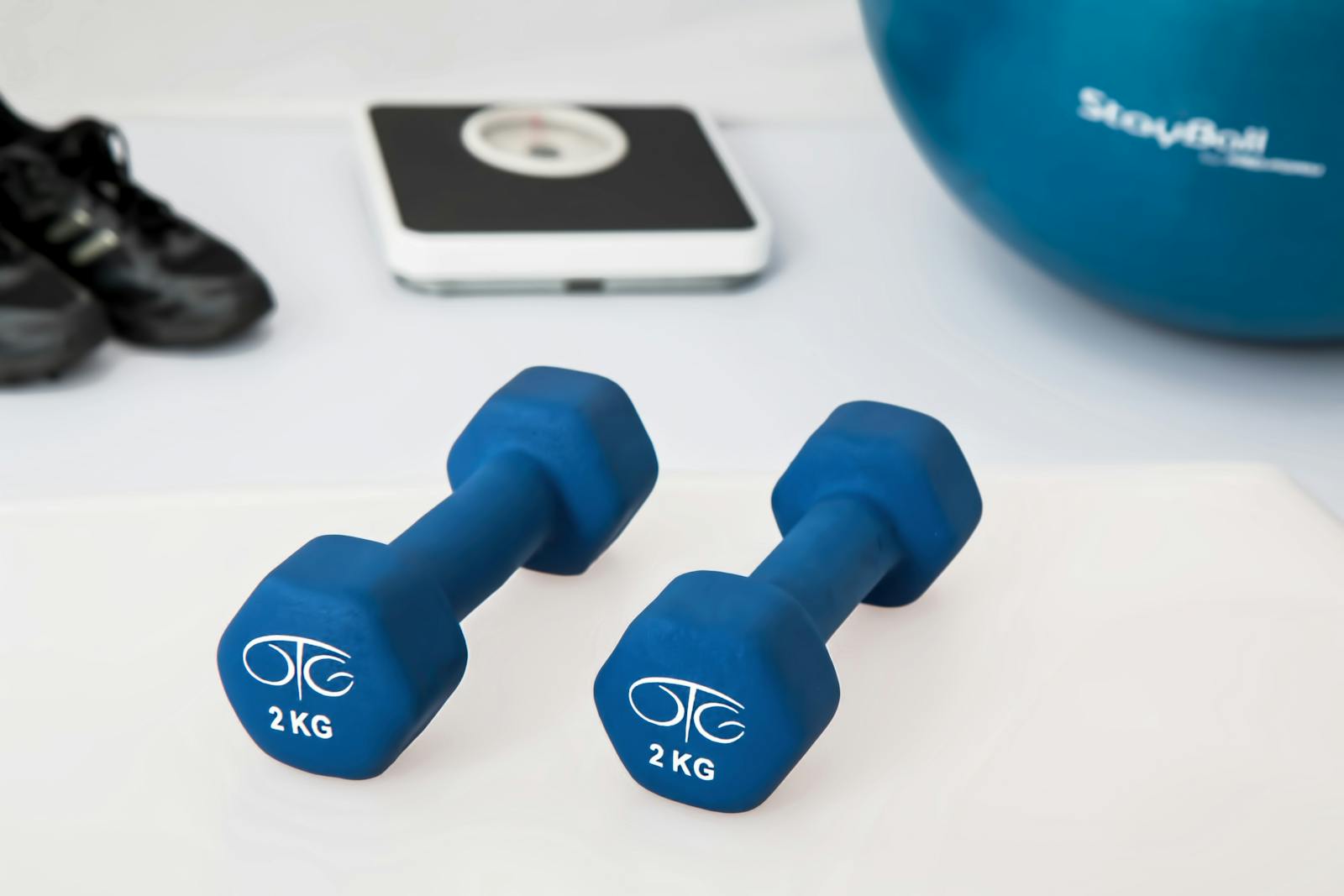Imagine a young woman named Lily, who has always been passionate about fitness but has struggled to achieve her desired body shape. After years of trying various diets and workout routines, she feels frustrated and disheartened. One day, while scrolling through social media, she discovers a fitness program specifically designed for women that focuses on shaping and fat loss. Intrigued, Lily decides to give it a try. This decision transforms not only her physique but also her understanding of effective training methods tailored to women’s unique needs. This article will explore a comprehensive fitness plan for women, emphasizing body shaping and fat loss, while addressing common challenges and providing actionable strategies.
Understanding Women’s Fitness Needs
Women often face unique challenges in their fitness journeys due to various physiological and hormonal factors. Understanding these needs is crucial for creating an effective fitness plan:
- Hormonal Fluctuations: Women experience monthly hormonal changes that can affect energy levels, mood, and metabolism. A well-structured fitness plan should accommodate these fluctuations.
- Body Composition: Women typically have a higher percentage of body fat compared to men, which means that fat loss strategies must be tailored to promote healthy weight management without sacrificing muscle mass.
- Goals: Many women aim for a toned appearance rather than just weight loss. Therefore, the focus should be on building lean muscle while reducing body fat.
Key Components of an Effective Fitness Plan
To achieve optimal results in body shaping and fat loss, a comprehensive fitness plan should include the following components:
1. Strength Training
Importance: Strength training is essential for building lean muscle mass, which increases metabolism and promotes fat loss.Recommended Exercises:
- Squats: Target the glutes, quads, and hamstrings.
- Deadlifts: Engage the entire posterior chain, including the back and glutes.
- Lunges: Work on balance while targeting the legs and glutes.
- Push-Ups: Strengthen the upper body and core.
Frequency: Aim for 2-3 strength training sessions per week, focusing on different muscle groups each session.
2. Cardiovascular Exercise
Importance: Cardio helps burn calories and improve cardiovascular health.Recommended Activities:
- Running or Jogging: Great for burning calories and improving endurance.
- Cycling: Low-impact exercise that can be done indoors or outdoors.
- Swimming: A full-body workout that is easy on the joints.
- HIIT (High-Intensity Interval Training): Short bursts of intense activity followed by rest periods can be very effective for fat loss.
Frequency: Incorporate 3-4 cardio sessions per week, mixing steady-state cardio with HIIT workouts.
3. Flexibility and Mobility Work
Importance: Stretching improves flexibility, reduces injury risk, and aids recovery.Recommended Practices:
- Static Stretching: Focus on major muscle groups after workouts to enhance flexibility.
- Yoga or Pilates: These practices improve core strength, flexibility, and mental focus.
Frequency: Include flexibility work at least 2-3 times per week.
4. Nutrition
Proper nutrition is vital for supporting workouts and achieving body composition goals.
Key Nutritional Strategies:
- Protein Intake: Aim for a protein-rich diet to support muscle repair and growth. Include sources like lean meats, fish, eggs, legumes, and dairy.
- Balanced Meals: Each meal should contain a balance of macronutrients—proteins, carbohydrates, and healthy fats—to fuel workouts and recovery.
- Hydration: Drink plenty of water throughout the day to stay hydrated and support metabolic processes.
Sample Meal Plan
Breakfast
- Scrambled eggs with spinach and whole-grain toast
- Greek yogurt with berries and a sprinkle of nuts
Lunch
- Grilled chicken salad with mixed greens, cherry tomatoes, avocado, and olive oil dressing
- Quinoa bowl with black beans, corn, diced peppers, and cilantro
Dinner
- Baked salmon with roasted vegetables (broccoli, carrots)
- Stir-fried tofu with mixed vegetables over brown rice
Snacks
- Hummus with carrot sticks
- A protein shake post-workout
Addressing Common Challenges
Women often encounter specific obstacles in their fitness journeys:
1. Time Constraints
Many women juggle work, family responsibilities, and personal commitments. To overcome this:
- Opt for shorter but more intense workouts (e.g., HIIT).
- Schedule workouts like appointments to ensure consistency.
2. Motivation
Staying motivated can be challenging when results are slow or progress stalls:
- Set realistic goals that focus on performance improvements rather than just aesthetics.
- Join group classes or find a workout buddy for accountability.
3. Body Image Issues
Societal pressures can lead to negative body image:
- Focus on health rather than appearance; celebrate non-scale victories such as increased strength or endurance.
- Practice self-compassion and surround yourself with supportive individuals.

Conclusion:
Creating an effective fitness plan tailored specifically for women involves understanding their unique needs related to body shaping and fat loss. By incorporating strength training, cardiovascular exercise, flexibility work, and proper nutrition into their routines, women can achieve their fitness goals more effectively. Just like Lily found success through a structured program designed for her needs, any woman can transform her health journey by embracing these principles. Remember that consistency is key; with dedication and the right approach, you can sculpt your body into its healthiest form while enjoying the process along the way!







Leave a Reply